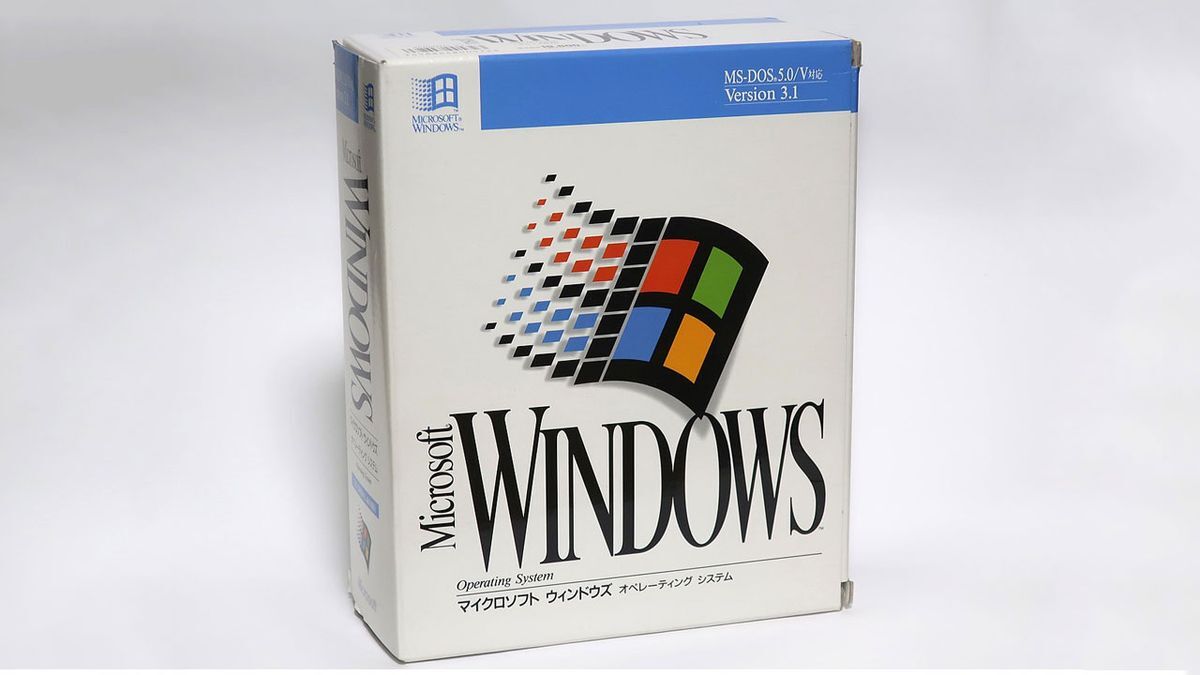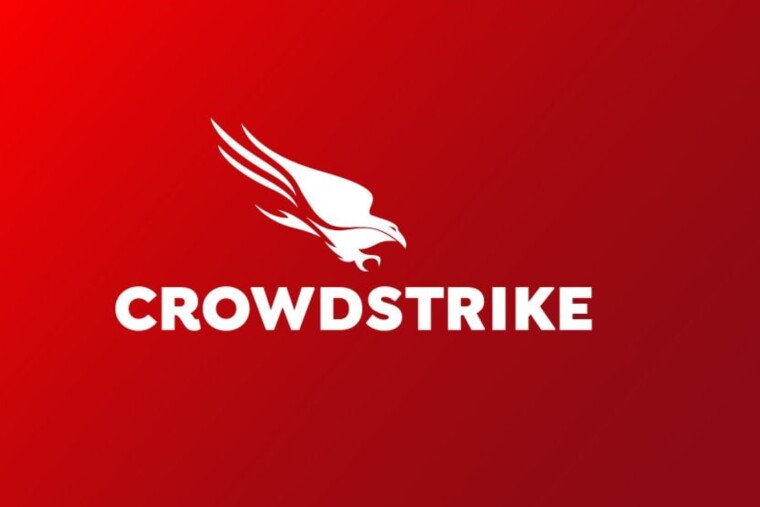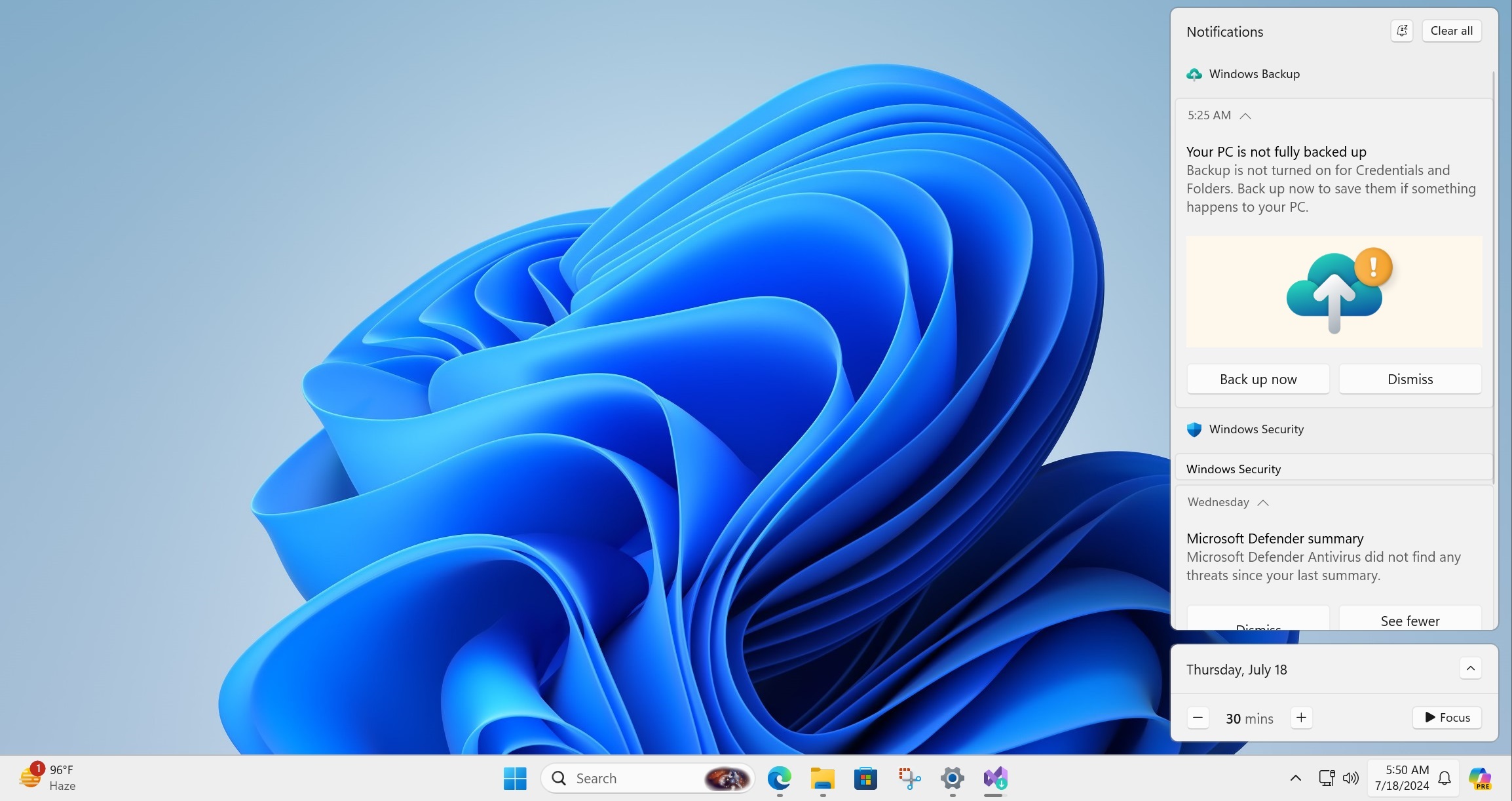lemme in
- 146 Posts
- 10 Comments

 7·7 days ago
7·7 days agoThat’s what AI companies want, you don’t have a job and they pay you with UBI in Compute Coins, so you can spend by using their digital wallet (Altman has Worldcoin).
This is just an Utopia world for the rich and a Dystopia world for most of us.

 9·7 days ago
9·7 days agoI think, what Altman means by Compute is the same as something like Credit Points or Coins. Which you can use to pay bills, rent, buy groceries, etc.
This is just an excuse from a billionaire to not give you UBI in cash and prefer to use Coins from their digital system and buy their products.

 6·1 month ago
6·1 month agowow, I have no idea. Thanks
TIL

 6·1 month ago
6·1 month agoAccording to this article, regarding Intel Alder Lake
Intel’s Thread Director technology is the key here. This hardware-based technology uses a trained AI model to identify different types of workloads at the chip level. It then provides that enhanced telemetry data to Windows 11 via a Performance Monitoring Unit (PMU) built into the chip. The operating system then uses that data to help assure that threads are scheduled to either the P- or E-cores in an optimized and intelligent manner.
However, while Windows 11 exploits Thread Director’s full feature set, Windows 10 does not. Due to optimizations for Intel’s Lakefield chips, Windows 10 is aware of hybrid topologies, meaning it knows the difference between the performance and efficiency of the different core types. Still, it doesn’t have access to the thread-specific telemetry provided by Intel’s hardware-based solution.
As a result, threads can and will land on the incorrect cores under some circumstances, which Intel says will result in run-to-run variability in benchmarks. It will also impact the chips during normal use, too. Intel says the difference amounts to a few percentage points of performance and that the chips still provide an “awesome” user experience. We’ll have to see how that works in the real world to assess the impact.
Intel also says that users can assign the priority of background tasks through the standard Windows settings, but these global settings apply to all programs. So it remains to be seen if that will have a meaningful impact on performance variability in Windows 10.
https://www.tomshardware.com/features/intel-shares-alder-lake-pricing-specs-and-gaming-performance/4
so, it’s still works but not optimized for some apps. Probably this will be the same with AMD’s latest CPU.

 1·2 months ago
1·2 months agoNO MEANS NO, MICROSOFT!
I don’t want sonething like Recall, Copilot, Notepad.AI, Paint.AI baked into the OS

 2·2 months ago
2·2 months agoCan we have c/hmmm other than in LW?
They really want us to use Copilot AI, so that they can pushed more paying subscribers such as corpos and govts to use the service.
More money for microsucks, less jobs available to us
I’m glad it wasn’t us (lemmy users)
What do you mean? lemm.ee is blocking threads https://lemm.ee/instances
You can also check federation status of other fediverse instances with Threads























You can create and set up telegram bots for your own use